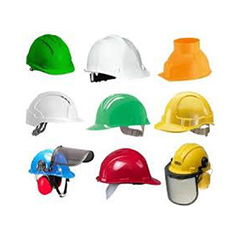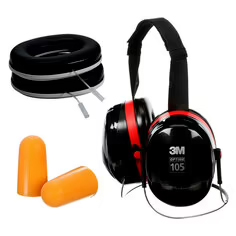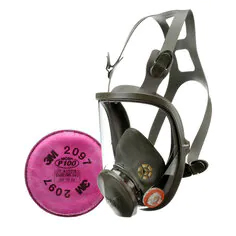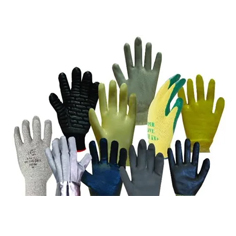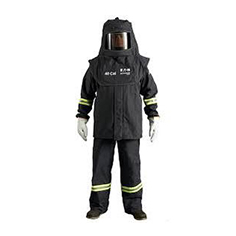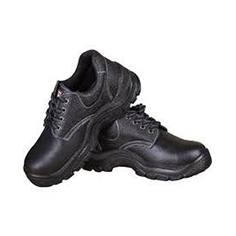Personal Protective Equipment (PPE) is essential for ensuring the safety and well-being of individuals in various work environments and hazardous situations. PPE refers to specialized equipment and clothing designed to protect against potential workplace hazards and reduce the risk of injury or illness. Here is some information about common types of PPE and their importance:
Head Protection
Head protection is typically provided by safety helmets or hard hats. They are designed to protect against falling objects, electrical hazards, and impacts. Helmets often include adjustable straps and suspension systems to ensure a secure and comfortable fit.
Eye and Face Protection
Eye and face protection is crucial for shielding against flying debris, chemicals, radiation, and other hazards. Safety glasses, goggles, face shields, or combination units are used to safeguard the eyes and face. They should be impact-resistant, provide adequate coverage, and be compatible with other PPE if worn together.
Hearing Protection
Hearing protection devices, such as earplugs or earmuffs, are worn to prevent noise-induced hearing loss. They reduce the intensity of loud sounds and protect the ears from harmful noise levels in industrial, construction, or other noisy environments.
Respiratory Protection
Respiratory protection is necessary when workers are exposed to harmful airborne substances, such as dust, fumes, gases, or chemical vapors. Respirators, including masks, filters, or air-purifying devices, create a barrier between the user’s respiratory system and the hazardous substances.
Hand Protection
Hand protection is provided by gloves designed for specific hazards, such as cuts, punctures, chemical exposure, or heat. Different types of gloves, including leather, rubber, or chemical-resistant gloves, offer various levels of protection and dexterity.
Body Protection
Body protection includes a wide range of garments designed to protect the torso, arms, and legs. Examples include coveralls, aprons, chemical-resistant suits, and high-visibility clothing. These garments shield against chemical splashes, sparks, flames, biological hazards, or extreme temperatures.
Foot Protection
Foot protection is typically provided by safety footwear, such as steel-toed boots or shoes, designed to protect against falling objects, punctures, electrical hazards, and slips or trips. Non-slip soles and ankle support are common features of safety footwear.



